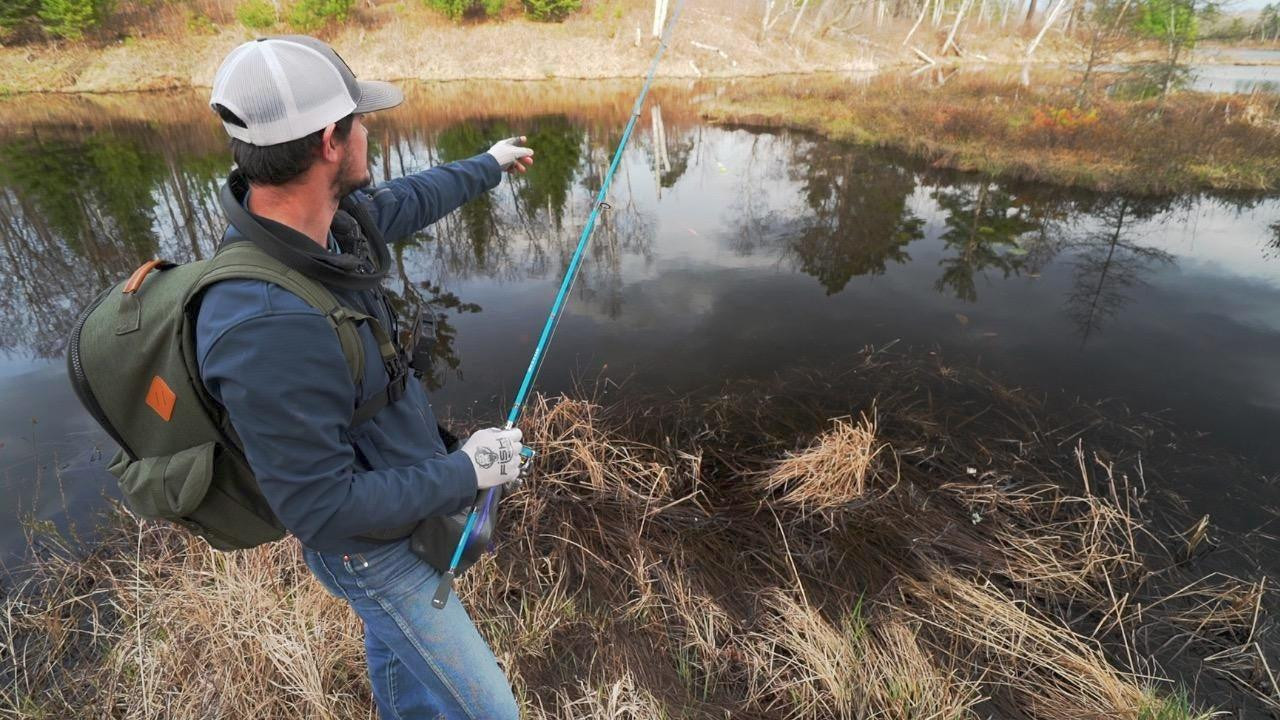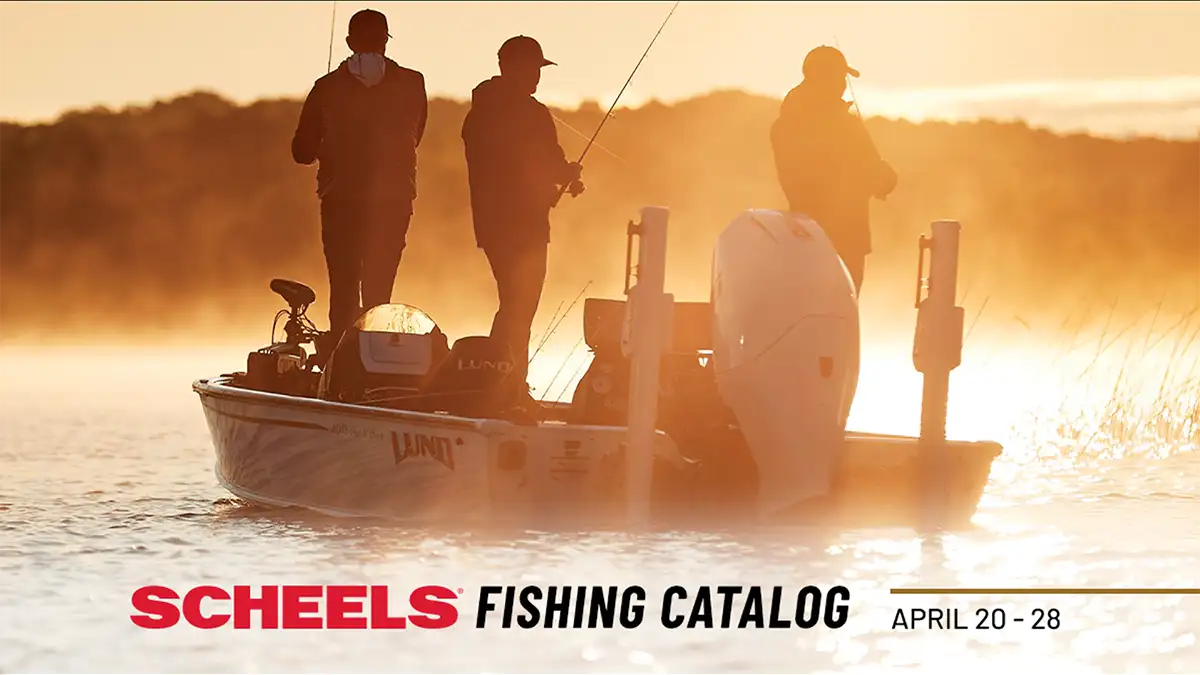Bank anglers rejoice! Across the country, spring signals the movement of panfish such as bluegills and crappies into shallow water where they’re hungry and accessible to willing bank fisherman. Wired2fish’s McKeon Roberts jumps on this annual opportunity and shares several pointers for finding and catching quality fish with a simple assortment of tackle and gear.
TACKLE
- PLASTIC – Lunkerhunt May Bug
- JIG – Lunkerhunt Micro Tear Drop Jig
- BOBBER – Thill America’s Favorite Spring Bobber, 3/4-inch Oval
- ROD – Shimano Sellus Shipping Rod, 6’8″ Medium
- REEL – Shimano Sedona 1000 Spinning Reel
- LINE (brained mainline) – PowerPro Super 8 Slick V2 Braided Line, 8-pound
- LINE (fluorocarbon leader) – Seaguar Gold Label 100% Fluorocarbon Leader Material, 4-pound
The presence of food and warmer water are the driving forces for this mass migration into the shallows, so it’s ideal to time your outings after a string of warm spring days. Panfish are usually spooky after this initial push shallow, so stealth and some “approach strategy” can be essential. Small pockets or bays often have channels connecting them to the main lake. Panfish use these neck downs as exit points when threatened, so McKeon fishes his way deeper into the bay or pocket to keep fish corralled. Polarized fishing sunglasses help see surface disturbances or fish congregated around heat-holding cover like logs and newly emerging vegetation. Any of these objects can be literal hot spots for concentrating fish and worth extra attention.
OTHER ESSENTIALS
- BACKPACK – Plano A-Series 2.0 Back Pack
- FANNYPACK – Mustad Waist Bag
- SUNGLASSES – Costa Del Mar Jose Sunglasses
- GLOVES – Fish Monkey Half Finger Guide Glove
- ROD SLICK – The Rod Glove Spinning
- MAPPING APP – Humminbird FishSmart App
The presentation is simple – a small bobber with a downsized jig and plastic produces excellently. Roberts shares a few tips to minimize rigging downtime between casting and catching and how to give artificial lures a subtle “live” action. Similar to camping or hiking, it’s best to travel light but organized. Roberts uses a backpack and waist pack combo to store and comfortably transport key tackle and supplies. The waist pack keeps tackle and tools easily accessible. At the same time, the backpack harbors rain gear and supplies like water, sunscreen, and bug spray. Lastly, no rod setup is complete without a protective rod sleeve for preventing rod guides and lines from tangling in the brush.












